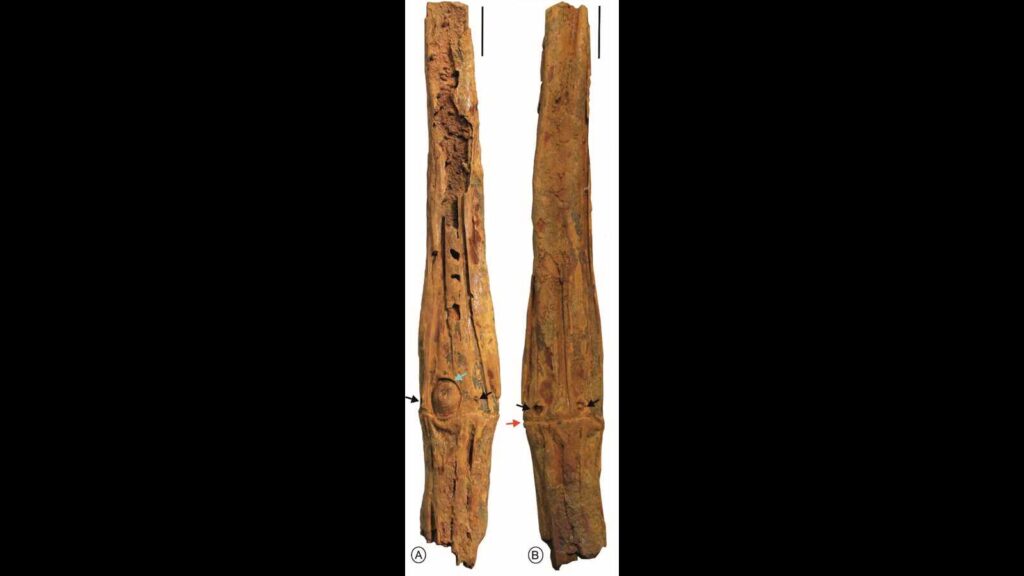Eurasia’s oldest thorny bamboo fossil found in Manipur by BSIP scientists

In a recent discovery, scientists have found a culm of a thorny bamboo fossil. Thorns are a rare trait found in only three to four genera out of the 115 known bamboo genera. The discovery of the petrified fossil in Manipur, estimated to be as old as 35 million years, was made by scientists at the Birbal Sahni Institute of Palaeosciences (BSIP). It is particularly significant as it is the oldest thorny bamboo fossil found in Eurasia to date.

Scientist Gaurav Srivastava, who was part of the research, said that the discovery has helped in understanding the evolution of bamboos. “Two major bamboo hotspots in the world are Yunnan Province in China and Northeast India. These regions are known for having maximum bamboo diversity. The earliest known bamboo fossil in Northeast India dates back to about 25 million years. However, only a few bamboo genera have thorns or spines on their culms or branches. The evolutionary history of these structures in bamboo is poorly understood due to a lack of fossil evidence,” said Srivastava.
He explained that bamboo plants have limited fossilisable parts—culm, leaf, or flowers—and the flowers are rarely grown on the plant. “Previously, there was only one known thorny bamboo fossil in the world, found in Peru, South America, but it contained only a small portion of the nodal area. As a result, information related to the evolutionary ecology of spines in ancient bamboos was limited. The fossil we discovered in Manipur has been identified as belonging to the Chimono Bambusa variety, which grows in Northeast India,” Srivastava added.
Harshita Bhatia, a post-doctoral researcher at the institute who was also part of the research, shared that the fossil consists of well-preserved features like nodes (the rings on a bamboo stem), internodes (the smooth sections between rings), small buds, and scars where thorns once grew.
“The bamboo species have undergone significant morphological changes over the past 25 million years. This fossil is an example of how a plant, which is relished by herbivores, evolved to develop thorns as a defence mechanism against animals. The evolutionary history of thorny bamboo species has remained largely unexplored due to the lack of fossil evidence in Asia before this discovery,” said Bhatia.
Srivastava noted that the fossil suggests thorny bamboos first appeared around 15 million years ago and continued evolving over time as a defence against herbivores. “The fossil also provides clues about past climates, indicating that bamboos thrived in a warm and humid environment, similar to forests in India today. This discovery not only helps in understanding how plants responded to ancient climate changes but also sheds light on the processes of evolution, climate shifts and plant survival over time,” he explained.
He further shared that the fossil might soon be available for public viewing in the upcoming museum at the new building of the institute.




